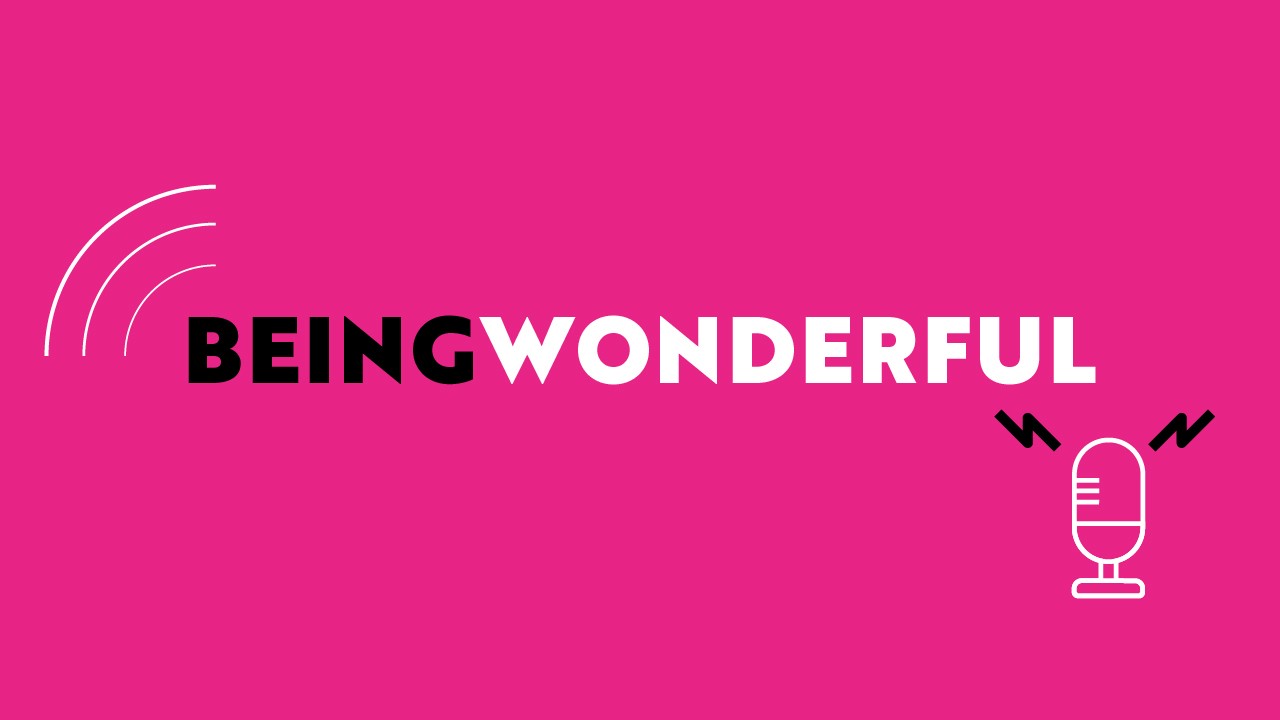
In a world increasingly reliant on digital experiences, can brands afford to keep treating accessibility as a luxury? Compelling UX research and our own experience working with clients to create high performing digital experiences suggests it should be an essential component of every UX brief.
Accessibility in User Experience (UX) is a fundamental design principle that aims to create digital products that can be used by everyone. This encompasses a broad spectrum of considerations – from accommodating individuals with visual, auditory, or motor problems, to addressing situational limitations that users may encounter, such as using a device in a noisy environment or with a slow internet connection.
Accessibility as a consideration for design is becoming increasingly in demand, as many businesses find their digital platforms to be lacking even basic considerations:
- Accessibility.com has found that close to 90% of websites are inaccessible to people who rely on assistive technology, and that over 95% of home pages had detectable Web Content Accessibility Guidelines (WCAG) 2.0 failures.
- Research from the organisation Web Accessibility In Mind shows that shopping sites remain among the least accessible, with 46.4% more errors than the average home page. (WebAIM, 2021)
Further research highlights the value in taking accessibility seriously, with Accessibility.com finding that 93% of customers are likely to make repeat purchases with companies who offer excellent customer service, and Gartner Research suggesting that digital products in full Web Content Accessibility Guidelines (WCAG) Level 2 compliance are expected to outperform their market competitors by 50% by 2023. (Gartner, 2020).
Utilising accessibility as part of UX-led design is therefore key to success for ambitious brands dedicated to creating better experiences for their customers, working towards a fundamentally human-centric model that unlocks value.
The removal of barriers that might prevent someone from accessing content can be achieved through various strategies and best practices integrated into the design and development process, as well as an understanding of how accessibility issues can affect users and some of the tools they may already have in place to improve their digital interactions.
Visual impairments present one of the most common challenges in accessibility. Designers need to consider users who are blind, have low vision, or experience colour blindness. Providing alternatives to visual content through text descriptions, captions, or audio descriptions allows these users to comprehend and engage with the content effectively. Additionally, ensuring sufficient contrast between text and background colours enhances readability for individuals with low vision. Ensuring the functional elements that are picked up by technology like screen readers is another element that can make the difference in delivering accessibility.
Similarly, auditory impairments can be addressed by offering transcripts or captions for audio content, making the information accessible to those who are deaf or hard of hearing. Providing adjustable volume controls and alternatives to sound cues also enhances the overall user experience.
Motor impairments can affect a user’s ability to navigate interfaces using a mouse or touch gestures. Designing for motor accessibility involves creating larger clickable areas, allowing for keyboard navigation, and implementing features like voice commands or gesture recognition. These adjustments not only benefit users with disabilities but also enhance usability for everyone, especially on different devices or in varying contexts.
Other considerations involve simplifying language, organising content logically, and minimising distractions to improve comprehension and usability for users with conditions like dyslexia, ADHD, or autism. Clear instructions, consistent design elements, and the option to adjust the pace or complexity of content contribute significantly to a more inclusive experience – and design choices as simple as the font can make a considerable difference without impacting on the overall quality of design.
Ensuring accessibility isn’t just about compliance with regulations or best practice for search engine results; it’s a commitment to ethical and inclusive design that breaks down the barriers many experience within digital products. By implementing accessible design principles from the outset of a project, accessibility can be baked in, providing a more effective and cost-efficient solution for businesses as well as avoiding the need to “retrofit” based on user experiences later.
Accessibility doesn’t exist in isolation; it intersects with other UX principles. For instance, a well-designed accessible interface often leads to improved usability for all users. A simplified and intuitive navigation system benefits everyone, not just users with specific impairments. As technology evolves, so do the opportunities and challenges in designing for accessibility. Emerging technologies like AI and machine learning have the potential to further advance accessibility by enabling personalised experiences tailored to individual user needs.
User testing involving individuals with diverse abilities is crucial in identifying and addressing potential barriers and by embracing inclusive design practices, designers and developers can create digital experiences that empower and cater to the diverse needs of all users, fostering a more equitable and user-friendly digital landscape.

Sam Webster, Senior Digital Marketing Executive at Wonderful Creative Agency
Latest posts

5 reasons why we still need Wonder in an AI driven world
As an agency, we are grappling with the role and application of AI within our daily business activities, our client offering, and our future growth

The Power of Purpose and Impact on Business Growth
In a marketplace increasingly driven by values and social consciousness, the role of purpose and impact in business growth has never been more critical.

Three key benefits of integrating a sense of Wonder within your brand & marketing strategies
We love creating Wonder. It’s our passion and forms our client mission. However, in an age where your customers and clients are bombarded with constant information and countless choices, capturing attention and building lasting connections has become increasingly challenging. We all have to work harder to capture people’s attention.